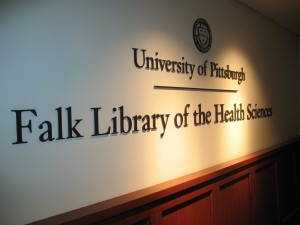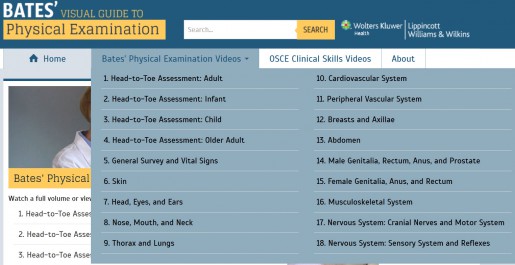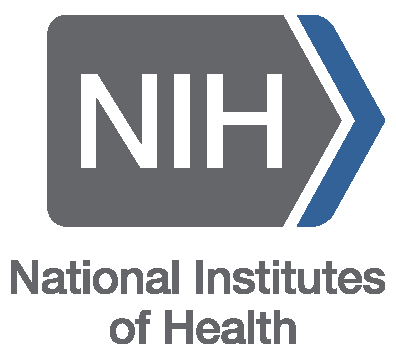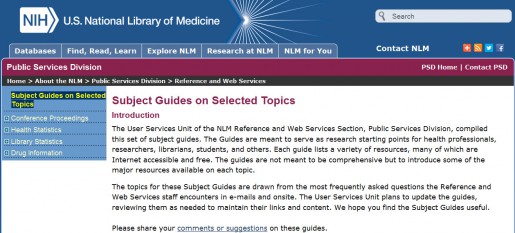The HSLS Staff News section includes recent HSLS presentations, publications, staff changes, staff promotions, degrees earned, etc.
News
Nancy Tannery, senior associate director, was elected chair of the Medical Library Association’s Leadership and Management Section. Tannery will serve a three year term as Chair-Elect, Chair, and Past Chair.
Pat Weiss, reference and information technology librarian, has been appointed to the Medical Library Association Lindberg Research Fellowship jury for 2014-15.
Presentations
Rebecca Abromitis, reference librarian, presented “PechaKucha Basics for Presentations,” as an NN/LM Middle Atlantic Region Boost Box Webinar on Feb 11, 2014.
Lydia Collins, consumer health coordinator, NN/LM Middle Atlantic Region, presented “Health Information Resources to Support the School Nurse,” on April 4, 2014, at the Westmoreland County School Nurses Association Spring Meeting, in Greensburg, PA, and “Exploring the National Library of Medicine’s Toybox: Health and Science Resources for Librarians and Educators,” on April 22, 2014, at the Catholic Library Association Annual Conference, in Pittsburgh, PA.
Publications
John Erlen, history of medicine librarian, along with co-author Megan Conway published, “Disability Studies: Disabilities Abstracts,” in The Review of Disability Studies: An International Journal, 9(4): 684-70, 2013.
Melissa Ratajeski, reference librarian, published a review of Learning from Libraries That Use WordPress: Content-Management System Best Practices and Case Studies, by L.M. Kyle, Jones and Polly-Alida Farrington, Journal of Electronic Resources in Medical Libraries 11, no. 1 (2014): 55-56.




